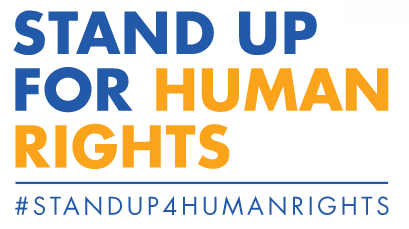This Guide seeks to provide practical advice on the critical elements that States need to consider when establishing or strengthening their national mechanism for reporting and follow-up, and illustrates this advice with examples of State practice. It is based on the more comprehensive Study of State Engagement with International Human Rights Mechanisms (HR/PUB/16/1/Add.1), which contains more detailed information on these practices.

The ongoing increase in ratifications, with the consequent rise in both State reports and individual complaints, as well as the growing number of special procedure mandates and related country invitations, have all led to increasingly competing requirements for States. For instance, they need to cooperate with and periodically report to all of these international human rights mechanisms (and when applicable regional ones too), implement treaty obligations, and track and follow up the implementation of the many recommendations emanating from these international mechanisms.
Timely reporting to these mechanisms, as well as effective follow-up on recommendations, benefit States. The creation of a sustainable national capacity for these tasks has become crucial to ensure that the periodic State reports are of a high quality. This will, in turn, improve the substantive quality of the interaction between the State and the international and regional human rights mechanisms, which will then be in a position to issue tailored and implementable recommendations.
In order to adequately address these ever-growing, multiple and varied requirements, a rapidly increasing number of States have adopted a comprehensive, efficient approach to reporting and follow-up, especially by setting up a national mechanism for reporting and follow-up, also referred to by the abbreviation “NMRF”.1 Although such national mechanisms are not entirely new, both States and the United Nations have in recent years put more focus on establishing and reinforcing such mechanisms, in particular following the High Commissioner’s 2012 report on strengthening the United Nations human rights treaty body system (A/66/860), in which their establishment was recommended. Moreover, the General Assembly, in its resolution 68/268 on strengthening and enhancing the effective functioning of the human rights treaty body system, recognizes that some States parties consider that they would benefit from improved coordination of reporting at the national level. Treaty bodies regularly emphasize that regular and timely reporting by State
